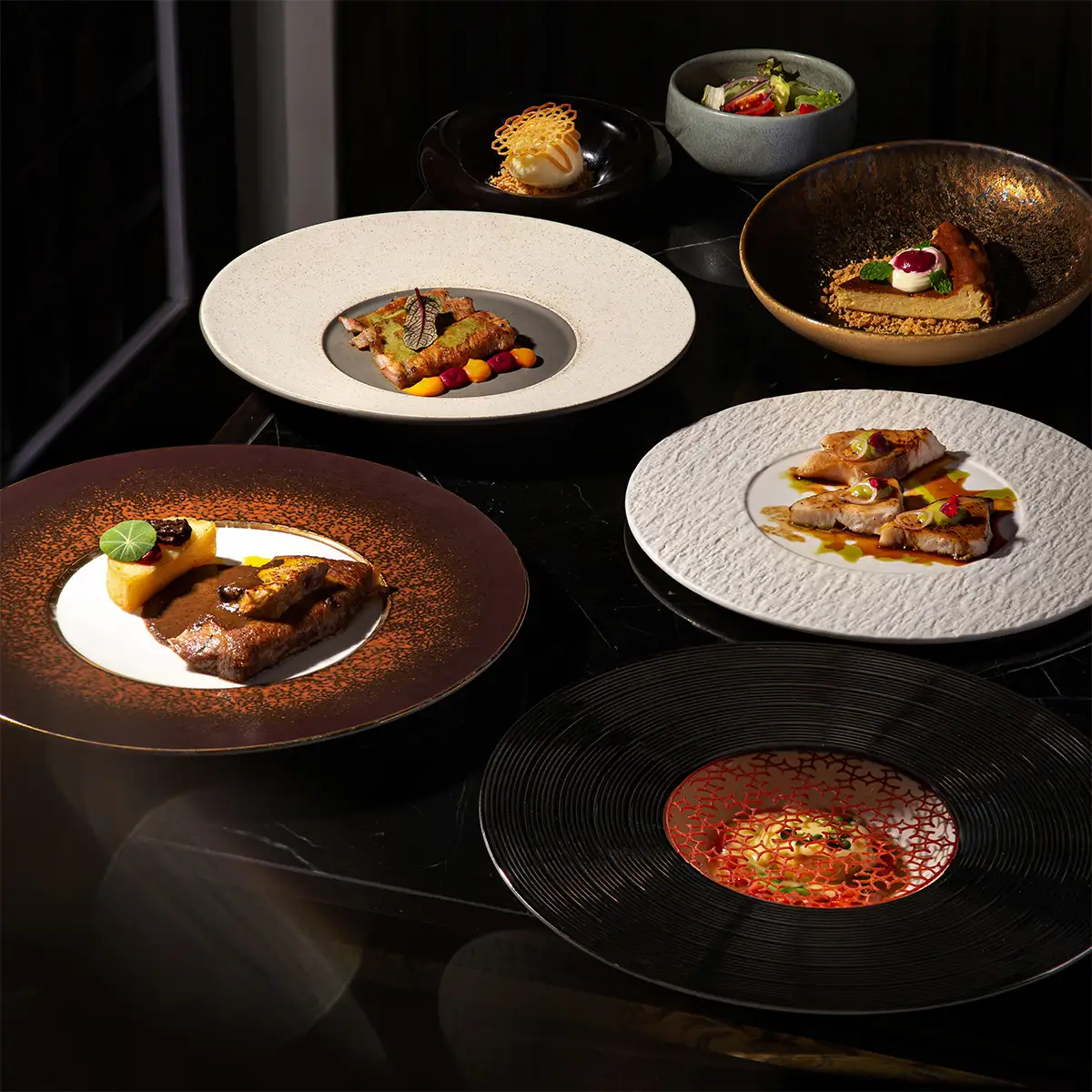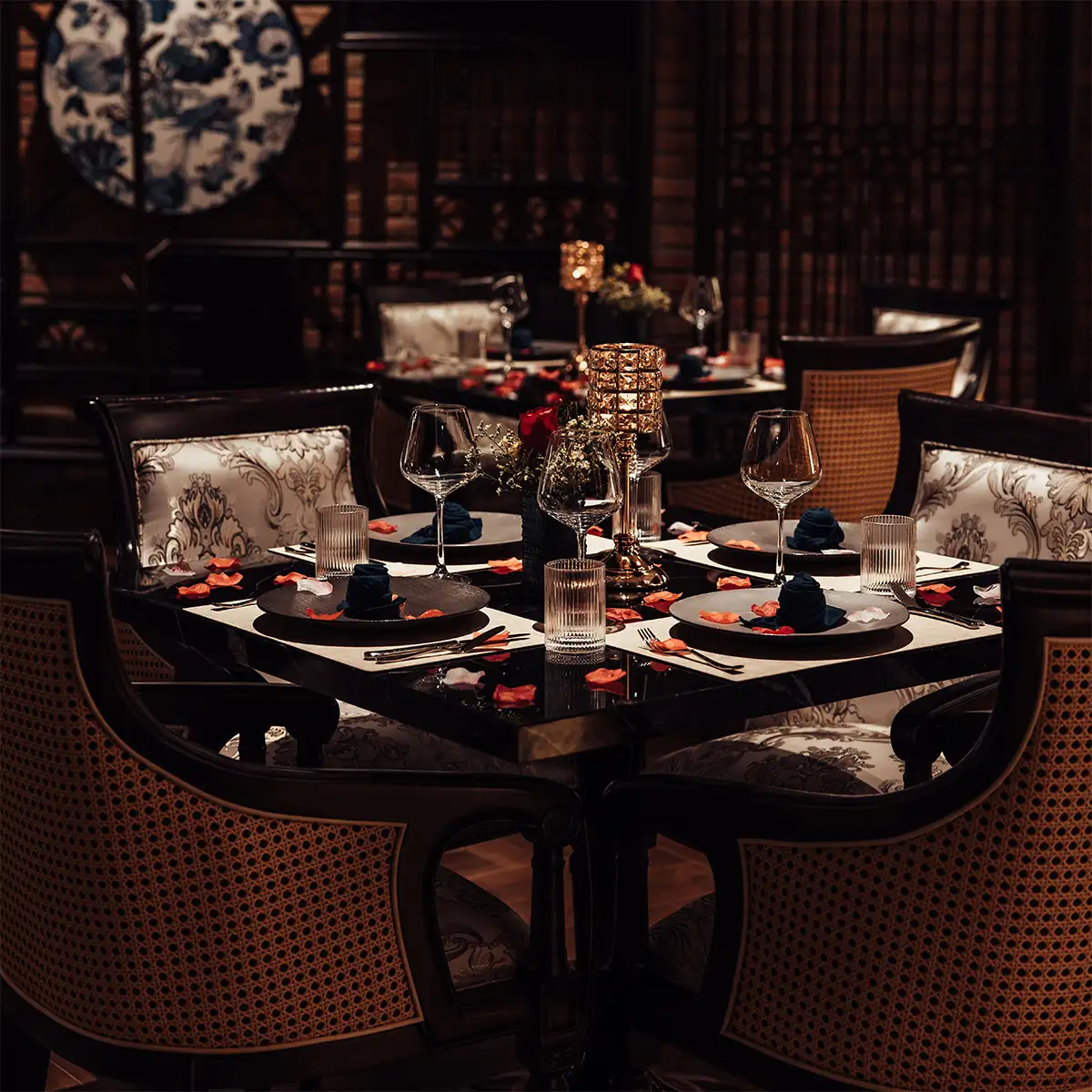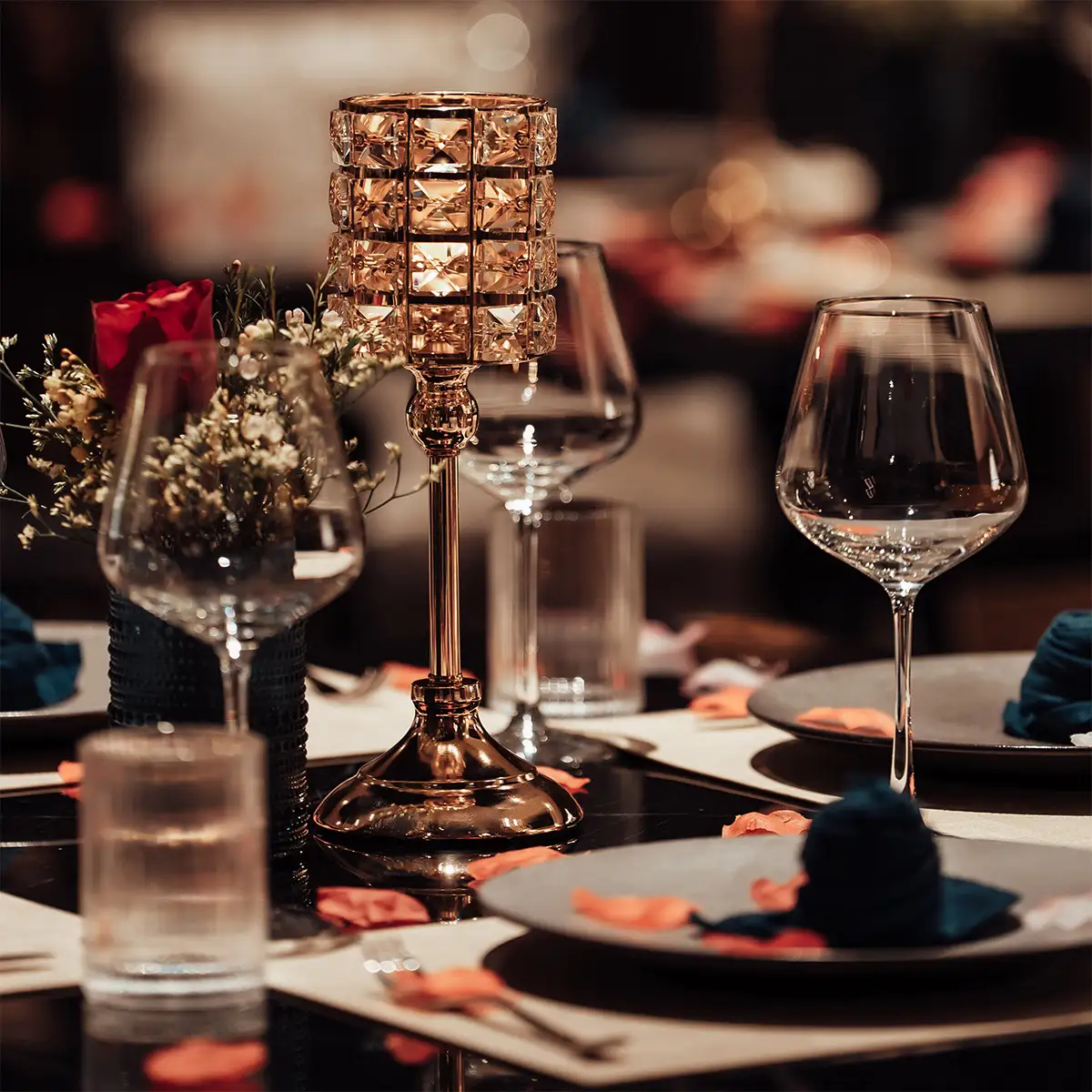- 1. The essence of fine dining: An immersive experience
- 1.1. Beyond food: The holistic approach
- 1.2. The target demographic and expectations
- 2. Culexpect mastery: The heart of fine dining cuisine
- 3. Impeccable service: The art of anticipation and discretion
- 4. Luxurious ambiance: Setting the scene for sophistication
- 5. The role of attention to detail in fine dining
Fine dining is the pinnacle of the culinary experience, an elevated art form that transcends mere sustenance. It stands in stark contrast to casual dining, distinguished by a meticulous synthesis of elements designed to create a truly memorable occasion. As interest grows in understanding this exclusive world, it becomes essential to ask: what makes a restaurant fine dining? This article will meticulously dissect the core components and foundational elements of fine dining that define a truly exceptional establishment.
1. The essence of fine dining: An immersive experience
1.1. Beyond food: The holistic approach
The journey of high-end dining is fundamentally multi-sensory. It is an immersive performance where every detail—from the weight of the cutlery in your hand to the subtle aroma that greets you—is choreographed to create an unforgettable experience. Guests are not simply paying for a meal; they are investing in an atmosphere of unparalleled sophistication and care.
For instance, the visual delight of an artfully plated dish, the complex bouquet of a perfectly paired wine, the gentle acoustics that allow for intimate conversation, and the tactile pleasure of a crisp linen napkin all converge to engage the senses completely. This holistic approach is the very foundation of sophisticated dining.
1.2. The target demographic and expectations
The clientele for fine dining typically includes affluent individuals, culinary enthusiasts, and those celebrating life's most significant milestones. This discerning audience arrives with exceptionally high expectations for quality, creativity, and service.
These expectations are not a burden but the very standard that shapes every facet of the restaurant's operation, from sourcing the rarest ingredients to training staff to anticipate a guest's needs before they are even spoken.
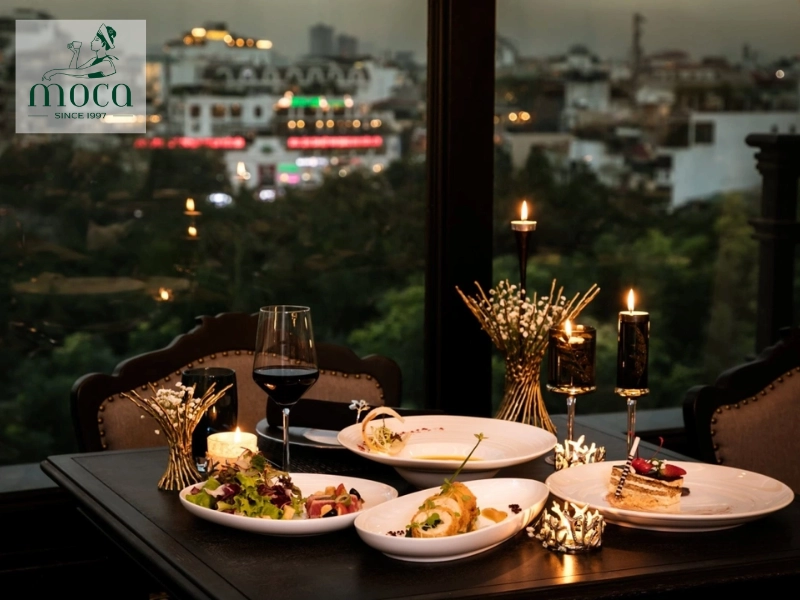
Fine dining is not just a meal—it is a sensorial and emotional experience curated for those who expect the extraordinary.
Learn more: A Journey to Success: Inside the World of a Talented Fine Dining Chef and Their Creative Flair
2. Culexpect mastery: The heart of fine dining cuisine
- Uncompromising quality of ingredients: At the core of exceptional cuisine is an unwavering commitment to the quality of its components. This involves sourcing premium, often seasonal, local, and rare ingredients. Chefs in a fine dining setting cultivate direct relationships with artisans, farmers, and fishermen to procure provisions at their absolute peak. Scientific understanding confirms that the freshness of an ingredient directly impacts its flavor profile.
- Innovative techniques and artistic presentation: A fine dining kitchen is a laboratory of creativity, where highly skilled chefs employ advanced and innovative techniques. Methods such as sous-vide cooking to ensure perfect, uniform temperature, or principles of molecular gastronomy to create surprising textures like foams and gels, are utilized to elevate an ingredient beyond its familiar form. This technical mastery is paired with artistic presentation. Plating is a deliberate art, where color, shape, and space on the plate are used to enhance the dish's appeal and tell a story, transforming a meal into a piece of culinary art.
- Curated menus: From tasting to a la carte: The menu in a fine dining establishment is a curated narrative of the chef's vision. It often takes the form of a multi-course tasting menu or a prix-fixe selection, designed to guide the diner through a deliberate progression of flavors and textures. Sophisticated à la carte options are also common, each dish a testament to the kitchen's philosophy. These menus are dynamic, evolving with the seasons and the chef's ongoing creative exploration, ensuring a unique experience with every visit.

From source to plate, culinary mastery lies in precision, innovation, and the relentless pursuit of flavor.
3. Impeccable service: The art of anticipation and discretion
- Highly trained and knowledgeable staff: Impeccable service is non-negotiable and a critical one of the elements of fine dining. The front-of-house team undergoes rigorous, continuous training in etiquette, comprehensive product knowledge, and the subtle art of guest interaction. Their expertise extends beyond simply taking an order; they are guides to the culinary journey. This is exemplified by the specialized roles within the team, such as the sommelier, who provides expert wine pairings, and the maître d’, who orchestrates the entire dining room to ensure a flawless experience for every guest.
- Personalized and attentive service: The pinnacle of service in elevated dining is its personalized and anticipatory nature. Staff are trained to be acutely observant, tailoring their approach to each table. An exemplary scenario would be a server discreetly replacing a dropped napkin before the guest has even noticed, or overhearing the quiet mention of a wedding anniversary and arranging for a small, celebratory dessert to be presented with the chef's compliments. This is achieved with utmost discretion and professionalism, making the guest feel uniquely valued without ever feeling intruded upon.
- Seamless dining flow and etiquette: The flow of service is a meticulously structured ballet, from the warm and respectful greeting at the door to the final, gracious farewell. Every step—from seating and menu presentation to the clearing of plates and pouring of wine—is executed with precision and timing. This seamlessness is governed by a shared understanding of etiquette, observed by both staff and guests, which contributes to an atmosphere of serene sophistication.
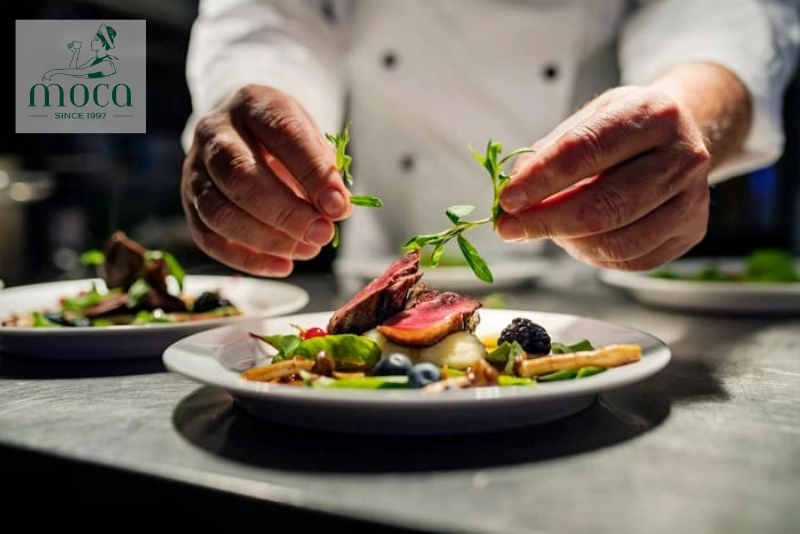
Flawless service is invisible to the eye, but unforgettable to the soul.
4. Luxurious ambiance: Setting the scene for sophistication
- Elegant decor and furnishings: The physical environment is paramount in creating a luxurious ambiance. The decor is intentionally sophisticated, designed to evoke a sense of exclusivity and comfort. This is achieved through the use of high-quality materials, bespoke furniture, comfortable seating, and thoughtful design elements that reflect the restaurant's unique identity and commitment to excellence.
- Strategic lighting and sound: Every sensory detail is controlled. Lighting is often subdued and layered to create warmth, intimacy, and to ensure the food is presented in the most appealing way. Studies in sensory science have shown that ambient lighting and sound can directly influence the perception of taste. Likewise, the acoustics of the room and the choice of subtle background music are carefully managed to facilitate private conversation and foster a calm, distinguished mood.
- Meticulous table settings and details: The table setting is the guest's immediate introduction to the restaurant's standards. Precision is key. Fine linens, bespoke dinnerware, sparkling crystal glassware, and perfectly polished cutlery are arranged with geometric accuracy. These details, though small, collectively signal a deep-seated commitment to excellence and contribute significantly to the overall feeling of luxury and occasion.
5. The role of attention to detail in fine dining
- From kitchen to table: Ultimately, the defining characteristic that weaves through all elements of fine dining is an obsessive attention to detail. This philosophy permeates every action, from the initial sourcing of an ingredient and its precise preparation in the kitchen to its artistic presentation on the plate and the flawless service that delivers it to the guest. It is this unwavering precision that separates the good from the truly exceptional.
- Operational excellence and investment: Maintaining these extraordinary standards requires significant investment in world-class staff, continuous training, the finest ingredients, and superior decor. This commitment to operational excellence is what powers the seamless guest experience. It is the silent, behind-the-scenes machinery that ensures every single detail is perfect, every single time.
Learn more: Fine Dining Restaurant: Discover The Ultimate Culinary Experience
In summary, the answer to what makes a restaurant fine dining lies not in a single element, but in the flawless integration of several key pillars: exceptional cuisine born from masterful technique and the finest ingredients; impeccable service that is both attentive and discreet; and a luxurious ambiance crafted with meticulous attention to every detail. It is an art form that offers an unparalleled experience, transforming a meal into a cherished memory. At Moca Dining, we invite you to experience these principles firsthand. Let us share our passion for the culinary craft and provide you with an evening nothing short of extraordinary. Make your reservation today and indulge in a truly unforgettable dining experience.






